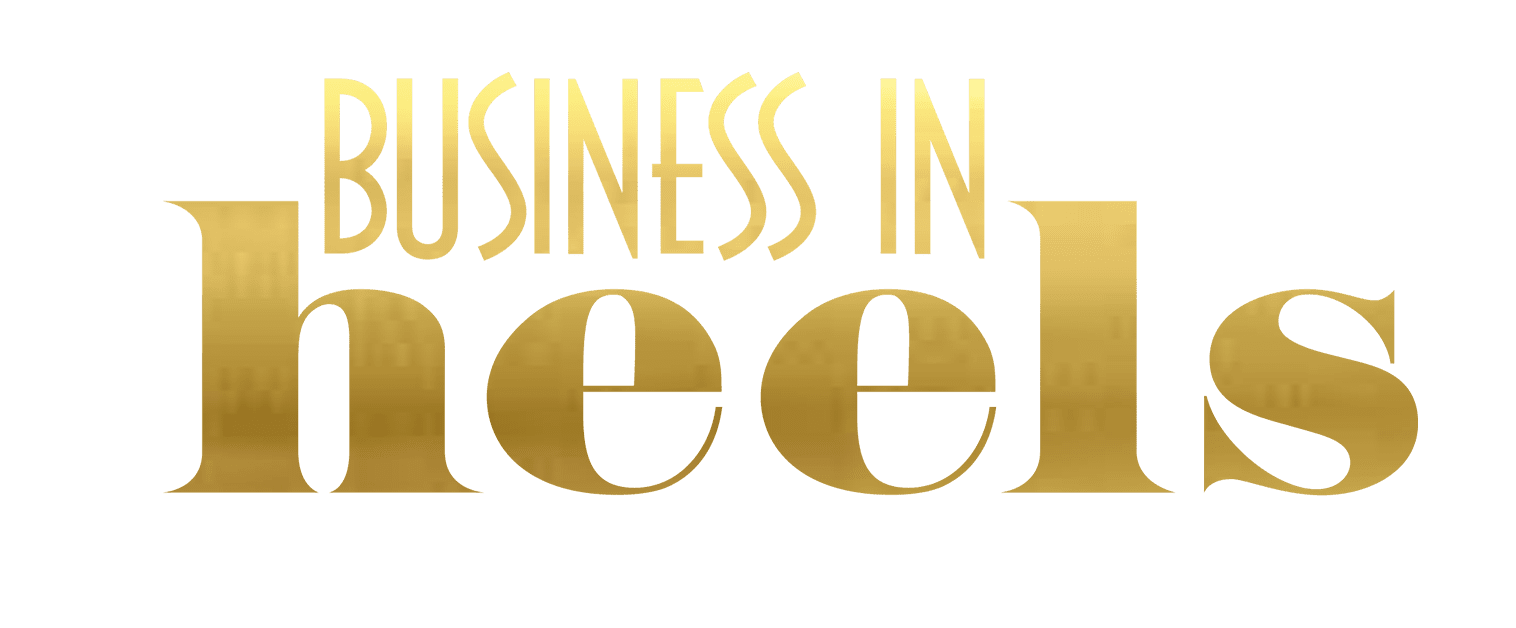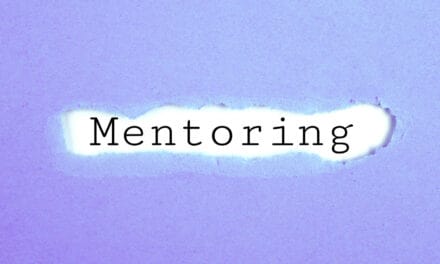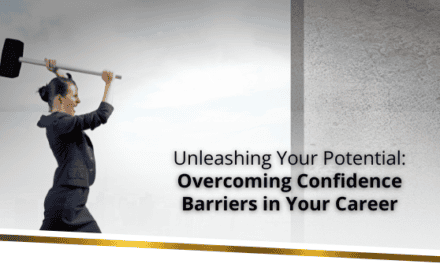
It was 2007 and waking up every morning was an uphill battle. I questioned everything in my role. I had a dream role and yet all my joy in the role had disappeared, which left me feeling drained and uninspired. Little things that would have bothered me, annoyed the crap out of me. I had very little patience with my colleagues and situations were stretched then. And every time someone approached me, I dreaded what they wanted from me. If this sounds like familiar, then you may be at a career crossroads.
A career crossroads happens when something fundamental feels off in your professional like. Maybe it’s a values misalignment – where your role no longer reflects who you are or what you stand for. Perhaps you’re bored due to a lack of challenge, or your well of creativity has run dry from endless routines. Continued stress can heighten these feelings, leaving you exhausted mentally and emotionally. You might even feel stuck, wondering why the job that used to fulfill you now seems like a weight pulling you down.
For me, I’d been with the same organisation for 14 years and during that time, the organisation I worked for had changed and so had I. Whilst I had had numerous conversations across the organisation to discuss new roles, I couldn’t see a light at the end of the tunnel and couldn’t afford to just up and quit.
A few monthly previously during a conversation with my GP, I was given the great advice to not make a major decision when I was feeling depressed or stressed. Additionally, I had connected with an organisation who took individuals who had been made redundant through a weeklong process that helped them find clarity and a new way forward. I booked into the program and with two weeks leave booked, I stepped away from the everyday grind and hoped that I could find some clarity and have a plan by the time I was due back.
During that week, I learnt 3 tools that I added to my professional arsenal and have shared them with many other people who have also found themselves at a career crossroads. I’d like to share them with you……
The first tool was a Yes/No list. This is a practical and simple exercise that instantly gave me perspective. Over a quiet cup of tea, I sat with a blank sheet of paper and drew a line down the center. On the left side, I listed all the activities that gave me no joy, those I procrastinated over or just plain hated. On the right, I listed tasks I enjoyed and completed effortlessly. Once I finished, I took a highlighter and considered: What if my dream role requires me to do some of the No tasks? (Every great job will have some of the crappy tasks). Initially this exercise gave me some clarity on the practical perspective of what tasks I liked vs. what I didn’t, however, I also learnt during that week of self-reflection, that this exercise worked to align my conscious and sub-conscious mind. Our sub-conscious already knows what we really want, and if they’re not in sync, it will come out through body language, undermining us and our potential for success.
During a mentoring session several years later, I had the opportunity to share this exercise with a globally experienced engineer who was looking to rejoin the workforce post maternity leave. She came to me out of desperation as she was getting interviews but no offers. We went through this exercise and then when we compared the results to all the job descriptions, all the responsibilities aligned to the No side of the list. She had gone to these interviews consciously positive and putting her best foot forward, but her subconscious was tripping her up each time.
The next exercise I found useful was to reconnect with my values. You’re probably thinking but I’m connected with my values, and I live and breathe them every day. What you may not know is that our values can and do change. Values are not a static thing, they are influenced by personal growth, experiences and even societal shifts. We may find ourselves in situations where we rationalise and suppress our values to avoid discomfort. If we are in high stress situations, our natural fight or flight response may be over-riding our normal long-term, values-driven decision making. This exercise was eye-opening for me. I was in my early 30s and recently been diagnosed with a mental health issue and by being open about this at work, some of my core values were being challenged and I had been suppressing them as I wanted to see myself as normal and how my performance was being measured pre and post my disclosure.
The third exercise was to take the results of the first two exercises and compare them against my current role. By Wednesday of the self-reflection week (which is what I had termed it), I was already asking myself some fairly hard questions, including:
- Was there a disconnect between who I am and what my role requires of me?
- Did my role allow me to live out my values?
- Can I make changes within my current role to bring it into better alignment with my values and interests or could I transition to a role that would align to my values and interests?
- Am I continuing in the role due to the length of time with the company or genuine interest and commitment?
By the end of that week, I didn’t have all the answers but what I ended up with several key questions and a framework to work through to answer them. I had also been able to disconnect from the daily grind to get some better head space and when I returned to work after those two weeks, I was better able to separate myself from the issues that had caused me to question everything about my career and allow me to focus my emotional energy on what I would do next.
Facing a career crossroads can be daunting, but it is also a time of growth and transformation. Over my career, I have had a number of crossroads, and these exercises has allowed me to reduce the noise, create clarity and determine my next steps forward. If you’re at a crossroads with your career, try these exercises and then join us at one of our Mentor Mornings, where one of our experienced Mentors can spend 1 hour with you exploring what next for your career.




